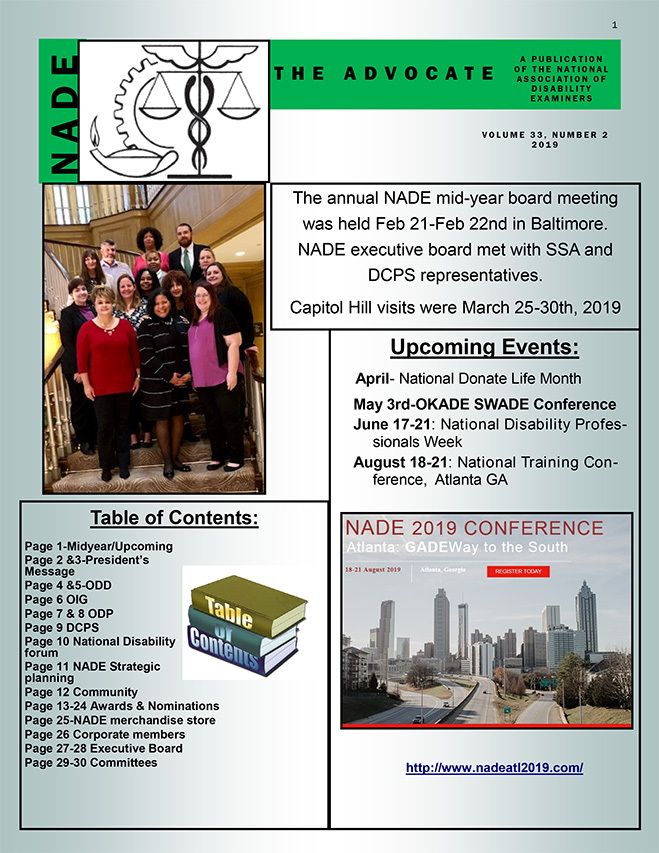From material newly added to Social Security's HALLEX manual, which contains policy and procedure material for Administrative Law Judges (ALJs) and the Appeals Council:
When an ALJ approved a final draft decision but is unavailable to sign the decision, the HOCALJ has the authority to sign the final decision and any associated orders if the ALJ gave the HOCALJ written authorization to sign the decision on the ALJ's behalf. Any such written authorization must be associated with the claim(s) file and must include the following affirmative statements:
The ALJ may give written authorization via email, fax, or any other writing. However, unless the authorization is provided through an official agency email, the ALJ must sign the written authorization with his or her “wet” signature (facsimile transmission is accepted). The ALJ may not use a rubber stamp or other mechanical signature. A HOCALJ may not use this procedure on his or her own initiative without specific written authorization from the ALJ.
- The ALJ has read the decision and any associated order;
- The ALJ concurs with the decision (and any associated order) as written or concurs with the decision (and any associated order) with specified changes previously reviewed and approved by the ALJ before authorization; and
- “HOCALJ [NAME]” is authorized to sign the decision and any associated order on the ALJ's behalf.
If all of the requirements are met, the HOCALJ may sign the decision and any accompanying order.Previously, the rule had been that another ALJ subbing for a departed ALJ could sign only a fully favorable decision. A denial decision could not be sent out without a new hearing. I think this new provision is legally dubious. It treats the hearing as if it's a meaningless formality.
Oddly, in North Carolina in recent months we've had several ALJs suddenly retire with no advance warning when they had hearings scheduled and decisions to be written. There were in the office on Friday and gone on Monday. The reports we've received indicate no dramatic health development in any of the cases. Each of the ALJs involved was an outlier, in one cases approving claimants at a low rate and in the rest of the cases approving claimants at a high rate. In one case there were signs of pressure from the agency but in that case I think there was universal agreement that pressure was merited because the ALJ, who approved only a low percentage of claimants, had a huge and growing backlog of decisions to be issued. In the other cases, there has been no sign of pressure. However, this cluster of cases seems very odd. I haven't heard of other examples from other parts of the country but this new provision in HALLEX makes me wonder.

